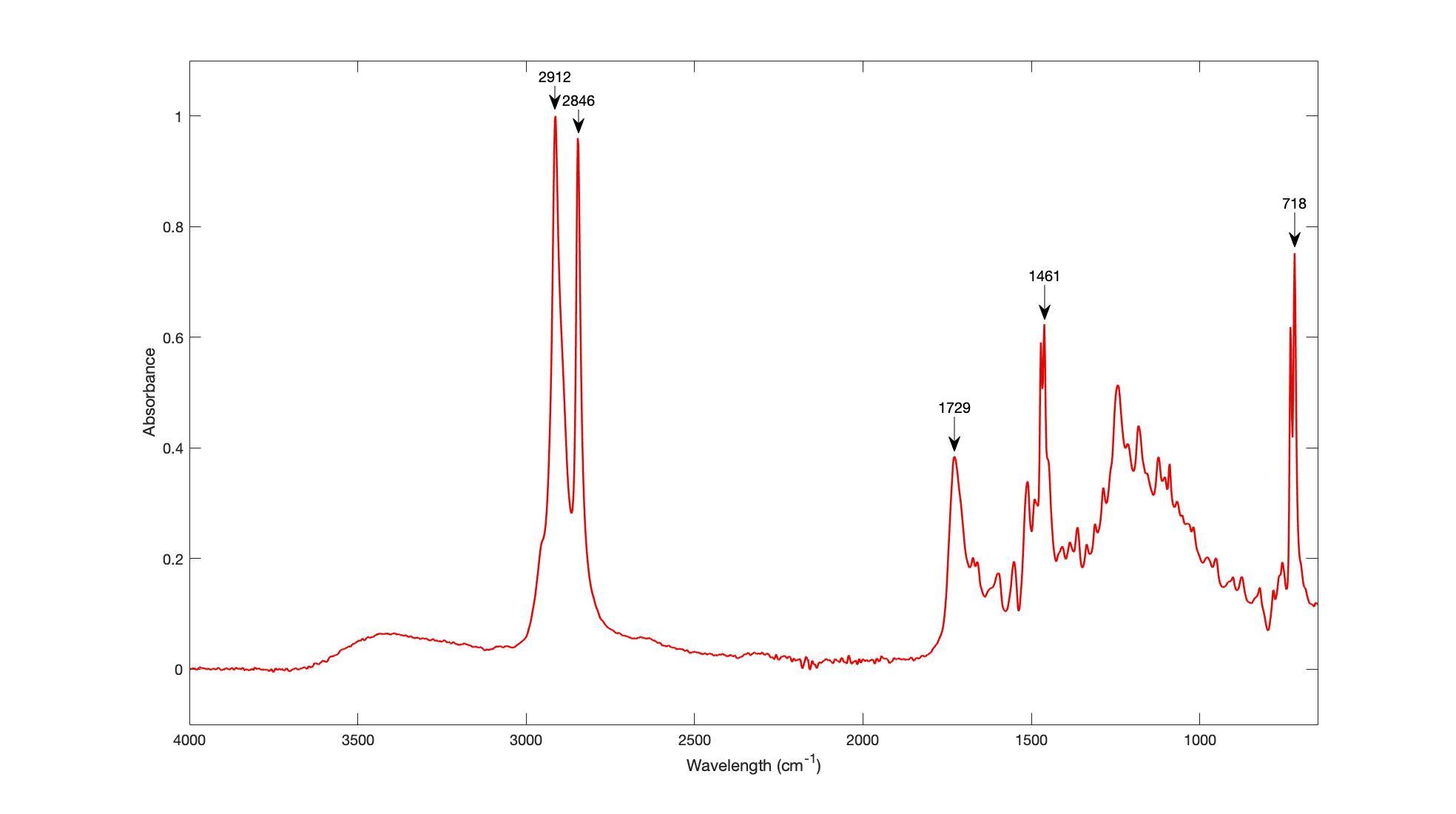polyolefin; olefin

Inventors: Eric Fawcett and Reginald Gibson, ICI Ltd UK
Invented: 1933
Commercially available from: 1950s, UK
Trade names: Courlene; Sontara; Reevon; Tyvek; Marlex; Dyneema
Commonly used starting materials: petroleum; natural gas
Principal characteristics: very strong; resistant to chemical corrosion, weathering and abrasion; fluid repellent; good electrical insulating properties
Principal uses: as a bonded fabric for protective clothing, surgical gowns, belts. Commonly used for garment covers and other purposes by museum and heritage collections.
Environmental impact: made from a non-renewable resource in a high energy process whose emissions generate air pollution.
Care and signs of degradation: Polyethylene fabrics may yellow over time. This is generally due to the inclusion of additives such as optical brighteners in the fabrication process. It is advisable to store these materials in a cool, dark environment.
Recyclable? Yes
Biodegradable? No
Potential narratives:
- history of protective clothing and how synthetic fibres have transformed them.
- a good material through which to look at the issues surrounding recycling.
- improvements in the properties of synthetic fibres over time and the role of research and development.
Documented garment exemplars:
- Bomber style jacket of Tyvek® polyethylene with nylon collar, cuffs and waist band - see 1990s
